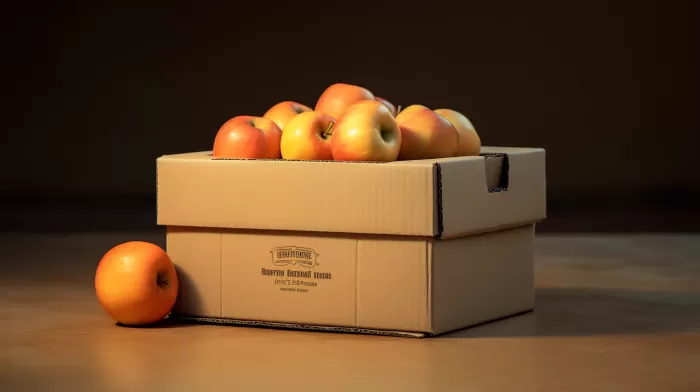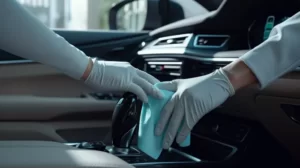If you’re enjoying a meal right now, and the food you are eating came from a package made of recycled cardboard, I have some potentially unsettling news for you. The printing inks on recycled cardboard can actually lead to harmful mineral oil contaminants seeping into your food. This could pose a risk to your health. Keep reading to learn more, how it happens, and what you can do to protect yourself.
The Risk of Contaminated Cardboard
When it comes to using recycled cardboard for food packaging, recent studies published in Packaging Technology and Science indicate that mineral oils found in printing inks can seep into the food. One might assume that this problem would only concern small amounts of mineral oils. However, research shows that, after just six weeks, food contained in recycled cardboard packaging could have 6.1 milligrams (mg) of mineral oils per kilogram (kg) of food, far exceeding the internationally recognized safe limit of just 0.6 mg/kg.
Dry Foods Are at Greater Risk
One surprising detail is that, despite the known risks, many dry foods – like rice, noodles, breadcrumbs, and breakfast cereals – continue to be sold in paperboard boxes made from recycled cardboard. In fact, the recommended safe limit for mineral oils in these types of products may be exceeded by a staggering 100 times! That’s a cause for concern.
Balancing Recycling and Food Safety
Of course, recycling is an essential practice in today’s world, and it is crucial for the sustainability of our planet. But at the same time, we must carefully consider the potential hazards associated with it. As Dr. Koni Grob, the analytical chemist who headed the research team, explains, “There is a tension between the need to recycle paper and board and the need to keep food free from high levels of these mineral oils.”
Manufacturers Must Do More
While many companies have acknowledged the problem and taken steps to prevent it, Dr. Grob points out that many companies continue using recycled cardboard for transporting food. As a result, their efforts to ensure food safety within the actual packaging are rendered futile. Dr. Grob states that “in terms of amounts of food packaging material involved, this problem exceeds all those experienced in the past. It needs to be addressed with corresponding care.”
Protecting Yourself and Your Family
Given the current situation, here are some steps you can take to protect yourself and your family from the potential dangers of contaminated food packaging:
- Choose Fresh: Opt for fresh fruits, vegetables, and meats whenever possible. Not only do they generally come with less packaging, but they are also healthier for you.
-
Limit Packaged Foods: While it may not always be feasible to avoid purchasing packaged foods altogether, try to limit them as much as possible. Look for alternatives that use other forms of packaging, such as metal cans or glass jars.
-
Transfer Food: If you do purchase food packaged in cardboard, consider transferring it to a clean, airtight container as soon as you bring it home.
-
Stay Informed: Keep up with the latest news and research on food safety, and make changes to your shopping and eating habits as necessary.
-
Voice Your Concerns: Reach out to manufacturers and retailers to let them know that you’re concerned about the safety of food packaging. Inquire about how they’re addressing the issue and encourage them to take it seriously.
In conclusion, while it might have been shocking to read about the potential risks associated with recycled cardboard food packaging, knowledge is power. By staying informed and making small changes to your shopping and eating habits, you can help protect the health of yourself and your family. Moreover, you can play a role in encouraging manufacturers and retailers to enact safer food packaging practices, leading to a healthier and more sustainable world for everyone.



